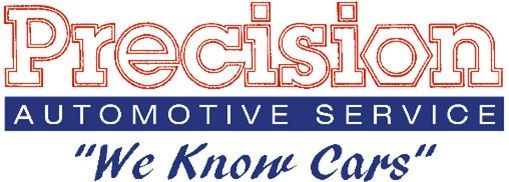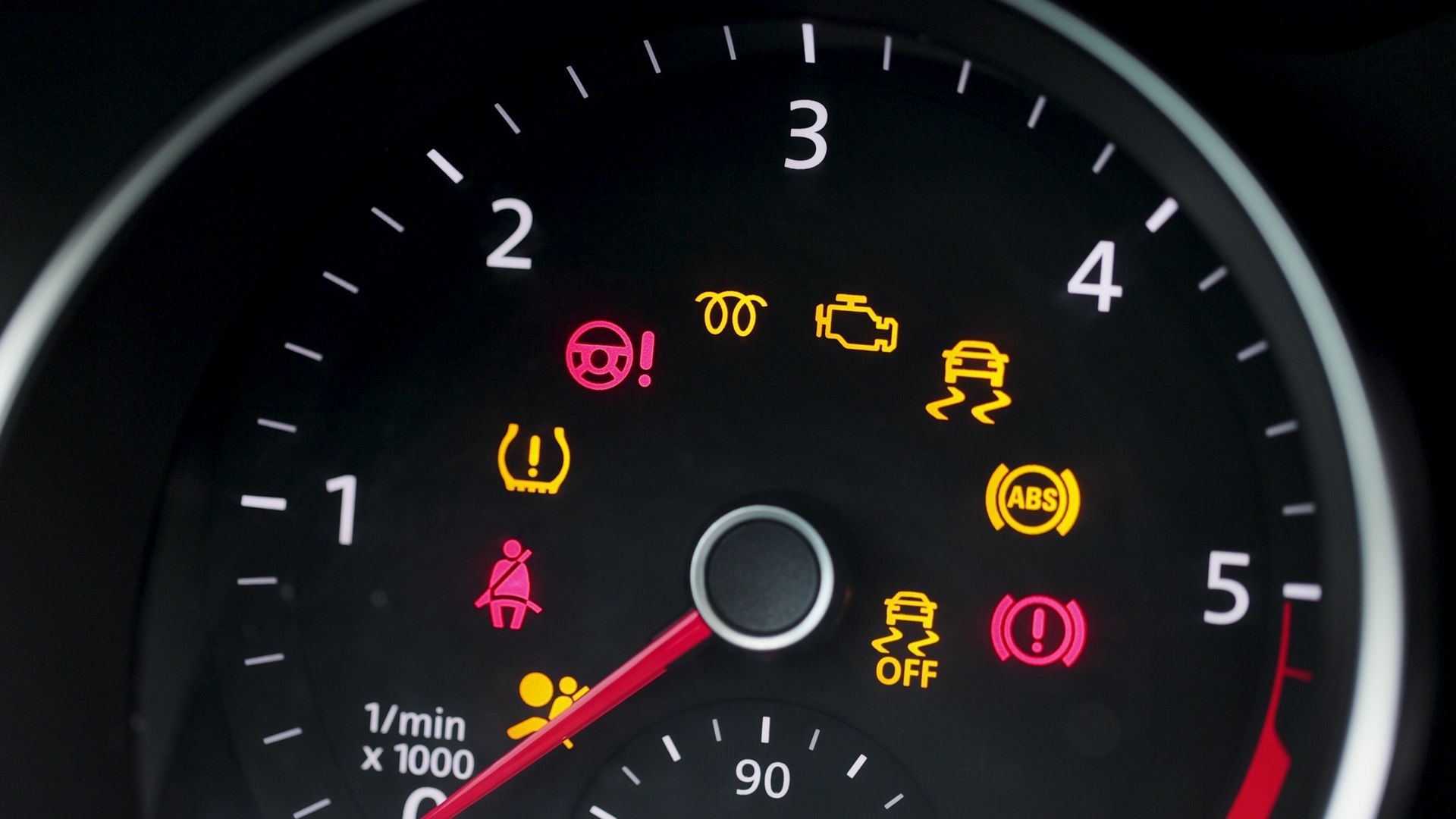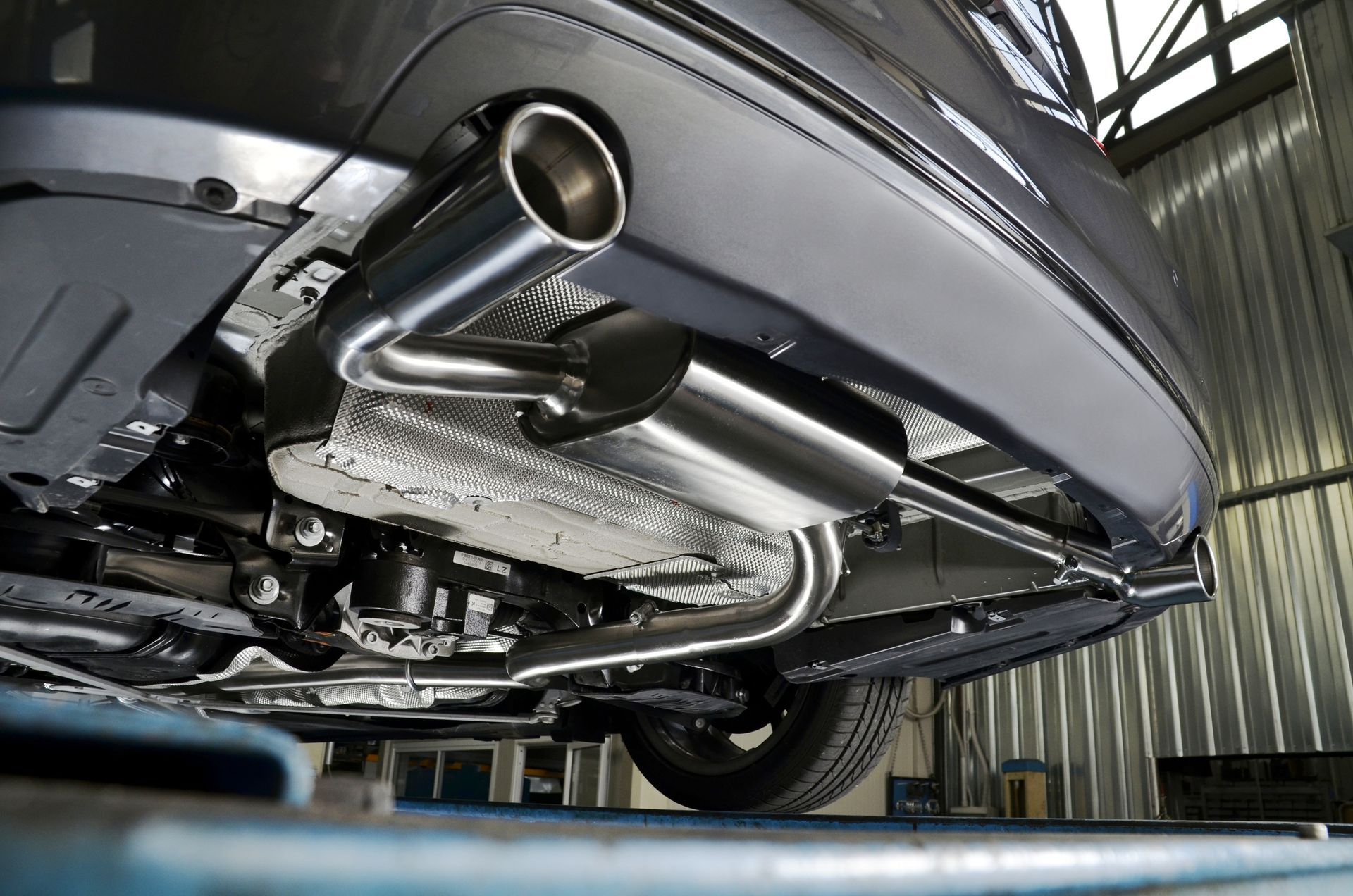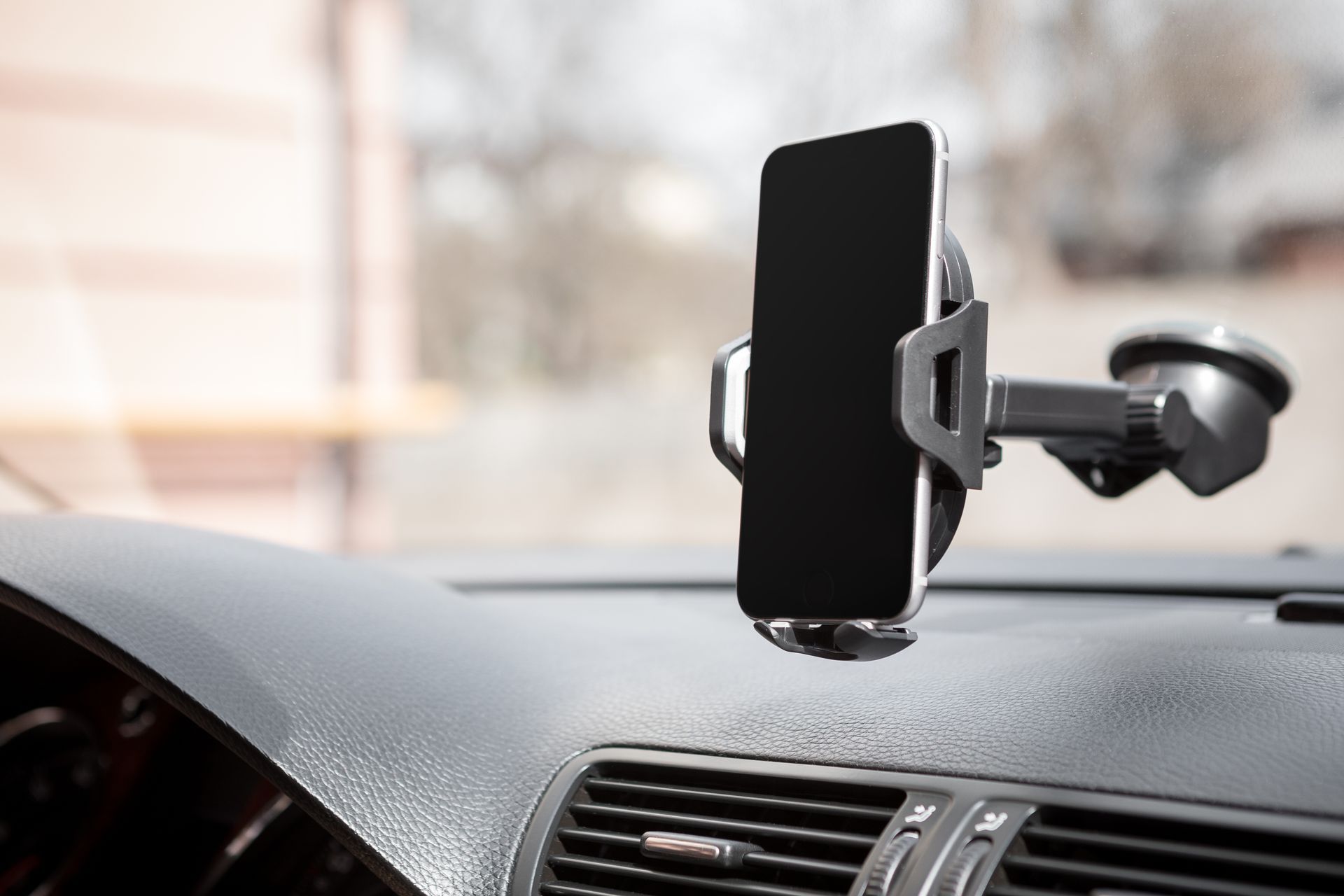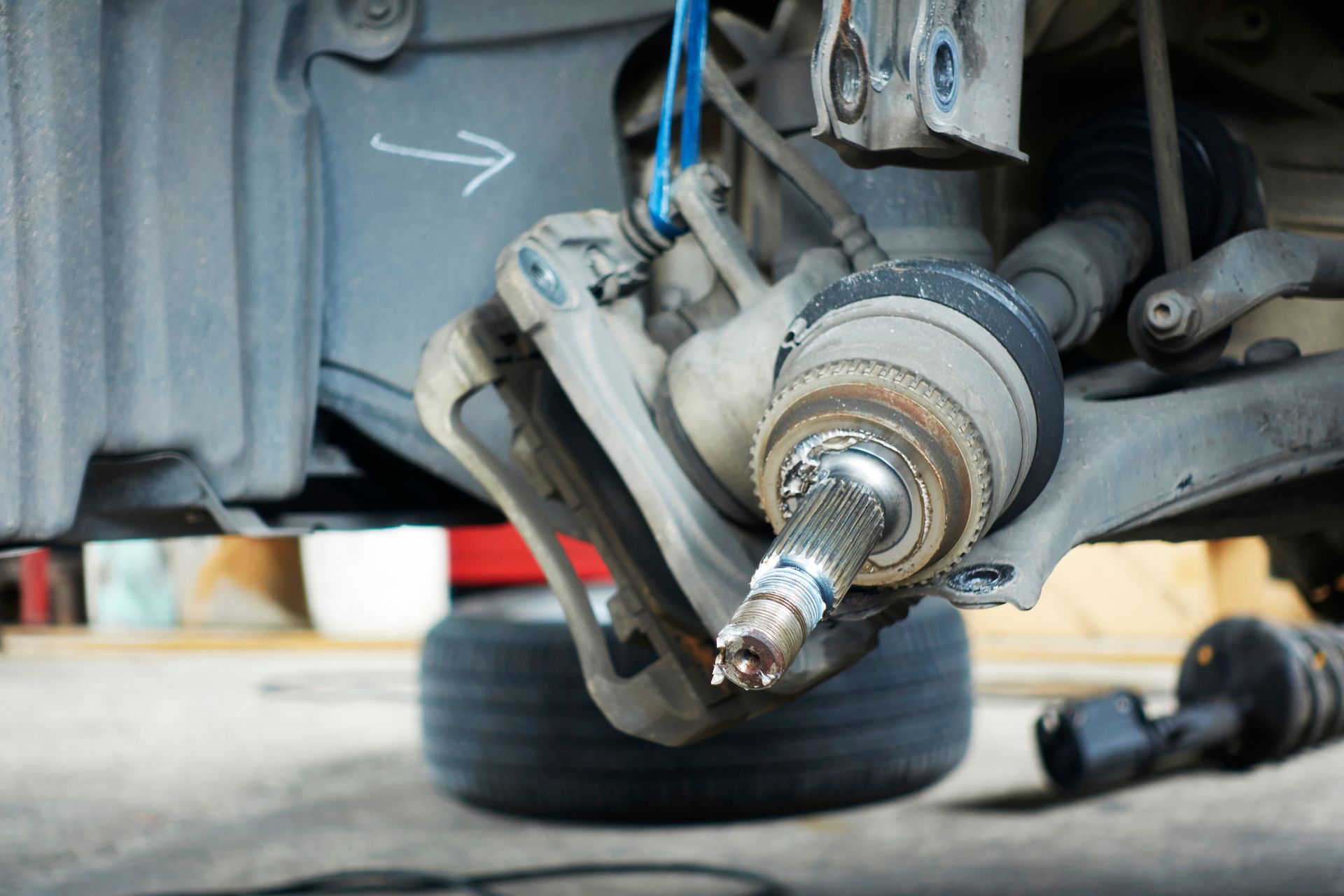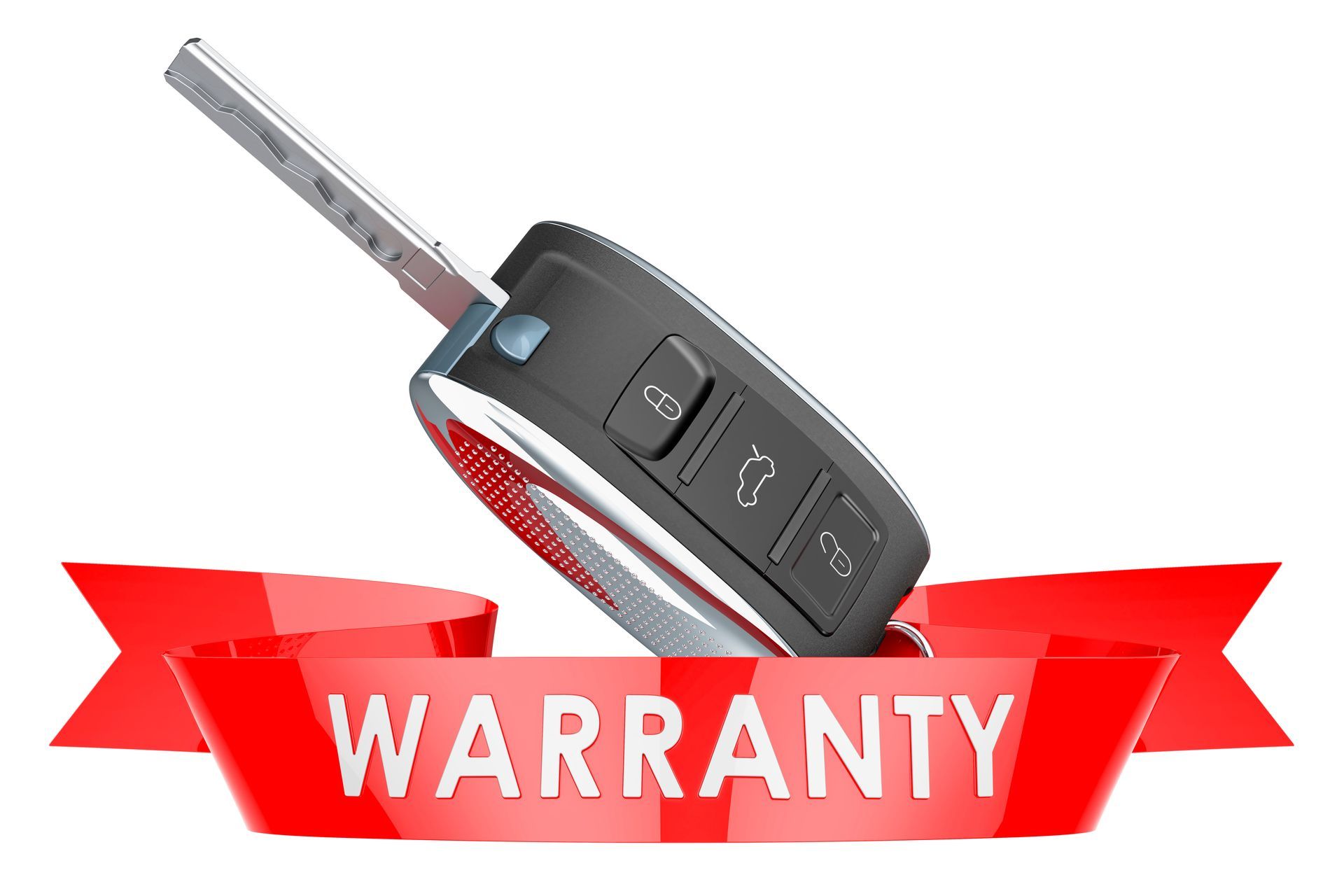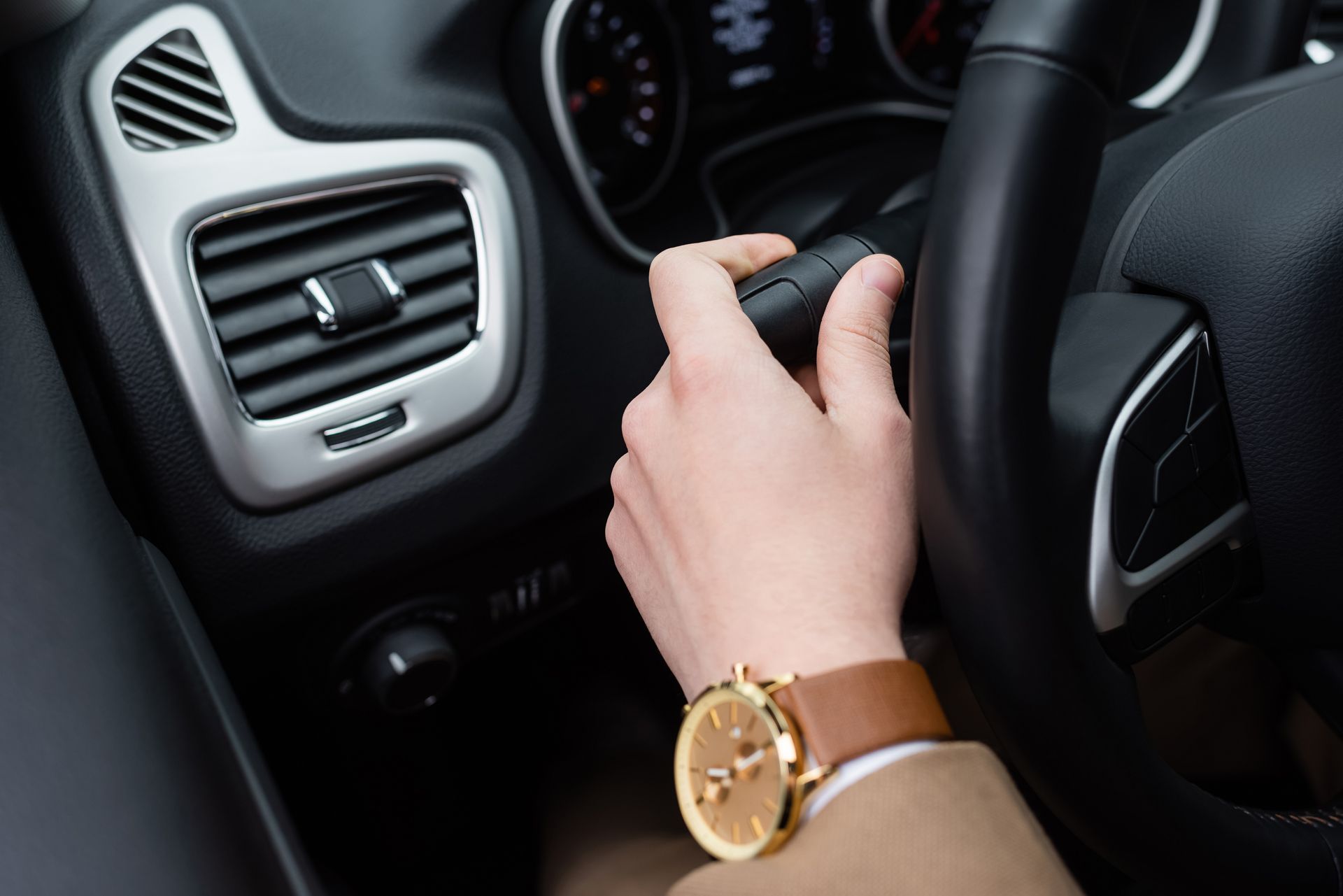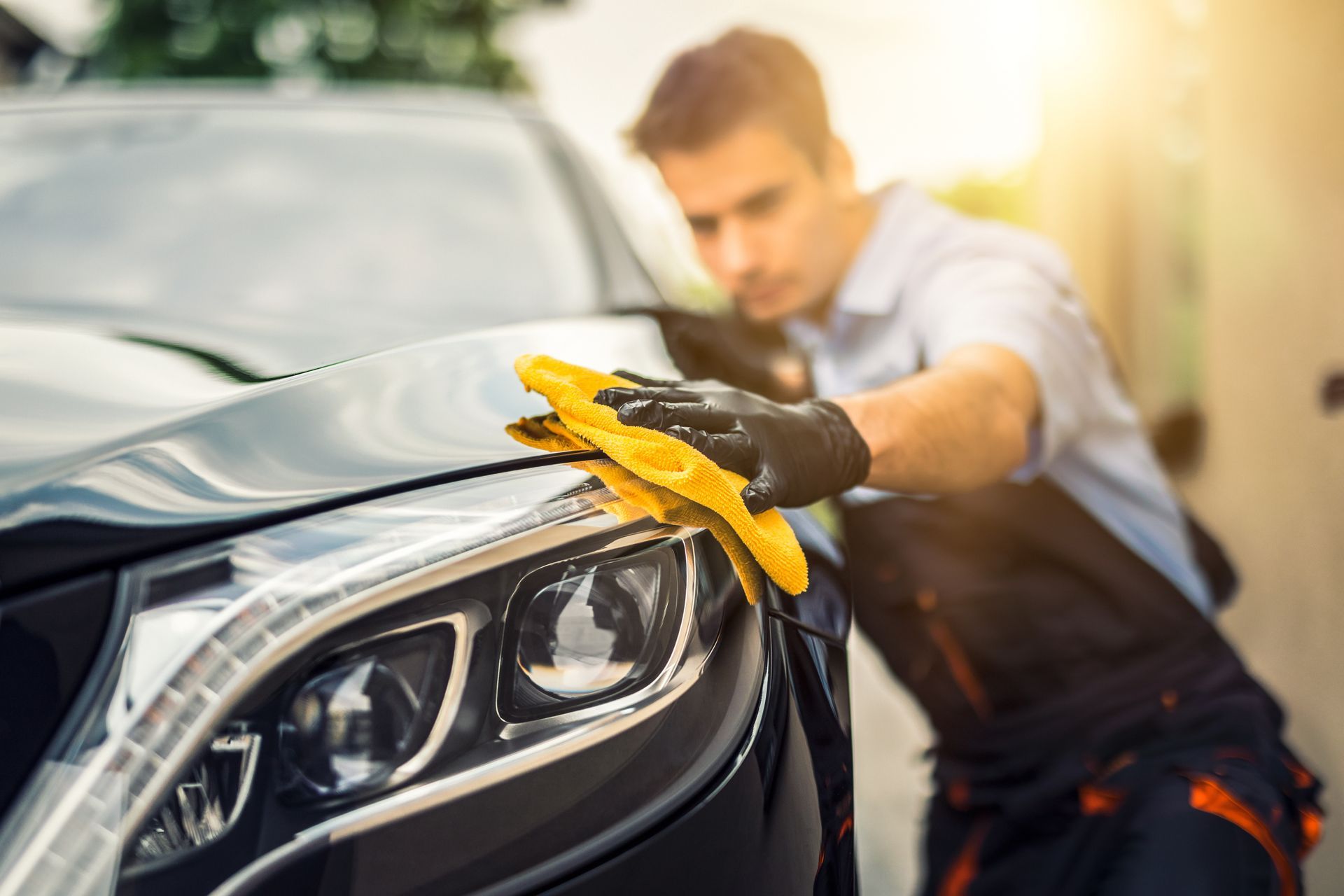Maintaining proper tire pressure is one of the easiest and most effective ways to keep your vehicle safe, efficient, and comfortable to drive. Despite being a simple task, many drivers overlook it until they notice a warning light on the dashboard or experience poor handling.
Regularly checking and adjusting tire pressure can extend tire life, improve fuel economy, and help you avoid potentially dangerous blowouts.
Why Tire Pressure Matters
Tire pressure affects almost every aspect of driving. Underinflated tires create more rolling resistance, which forces your engine to work harder and burn more fuel. They can also overheat more easily, leading to premature wear or even sudden failure.
Overinflated tires reduce the size of the tire’s contact patch with the road, which can cause poor traction, a harsher ride, and uneven wear patterns. Both conditions can make your vehicle less safe and more costly to maintain.
Keeping your tires at the correct pressure ensures optimal performance, stability, and comfort.
Finding the Correct Tire Pressure
The proper tire pressure for your vehicle is not printed on the tire itself. Instead, it is listed in your owner’s manual and on a sticker located on the driver’s side door jamb. This number is measured in pounds per square inch (PSI).
Tires often have a maximum pressure rating printed on the sidewall, but this is not the number you should use for everyday driving. Always follow the manufacturer’s recommended pressure for your vehicle.
How to Check Tire Pressure
Checking tire pressure is quick and can be done at home or at most gas stations. A quality tire pressure gauge is all you need.
Start with cold tires, meaning the vehicle has been parked for at least three hours or driven less than a mile. Heat from driving raises tire pressure, which can give a false reading.
Remove the valve cap from the tire, press the gauge onto the valve stem firmly, and read the measurement. Compare it to the recommended PSI. Repeat for all four tires and the spare.
Adjusting Tire Pressure
If the pressure is too low, add air using an air compressor. These are available at gas stations, tire shops, and for home use. Add air in short bursts and check the pressure again to avoid overinflation.
If the pressure is too high, release air by pressing the small pin inside the valve stem with your gauge or a small tool. Check the pressure again until it matches the recommended PSI.
After adjusting, replace the valve caps to keep dirt and moisture out of the valve stem.
How Often to Check Tire Pressure
It is a good habit to check tire pressure at least once a month and before long trips. Temperature changes also affect pressure. A drop of 10°F can lower tire pressure by about one PSI, so it is especially important to check during seasonal changes.
Drivers often notice lower pressures in colder months, but heat can also cause fluctuations. Regular checks help keep your tires consistent year-round.
Signs Your Tire Pressure May Be Off
In addition to using a gauge, your vehicle may show signs that tire pressure is not at the correct level. Underinflated tires can cause sluggish handling, reduced fuel economy, or uneven tread wear on the edges. Overinflated tires may feel bouncy, provide a harsher ride, and wear more quickly in the center of the tread.
If your car has a tire pressure monitoring system (TPMS), pay attention to warning lights. Some systems alert you when pressure drops significantly, but they are not a substitute for regular manual checks.
The Connection Between Tire Pressure and Safety
Proper tire pressure helps your tires maintain maximum grip and stability, which is crucial for safe cornering and braking. Incorrect pressure can increase stopping distances and reduce control, especially in wet or icy conditions.
It also plays a role in preventing blowouts. A tire under excessive stress from being over or underinflated can overheat and fail without warning, which is particularly dangerous at highway speeds.
Professional Tire Services Make a Difference
While checking and adjusting tire pressure is something you can do at home, regular visits to a trusted shop help ensure your tires are in top condition. Professionals can inspect for leaks, valve stem issues, and other problems that may cause pressure loss. They can also rotate your tires to promote even wear and extend their lifespan.
Tire Care at Precision Automotive Service NY in Endicott, NY
At Precision Automotive Service NY in Endicott, NY, we help drivers maximize the performance of their tires through regular maintenance and thorough inspections. Whether you need help checking pressure, repairing a leak, or replacing worn tires, our team is here to keep your vehicle safe and efficient.
Schedule your tire service today and enjoy the peace of mind that comes with properly inflated tires.
